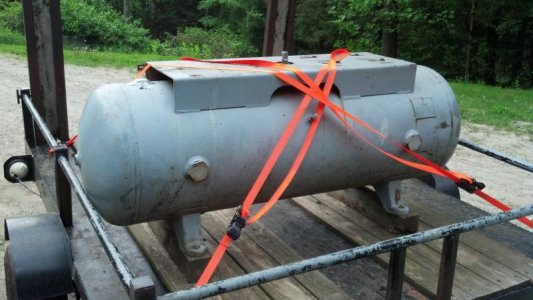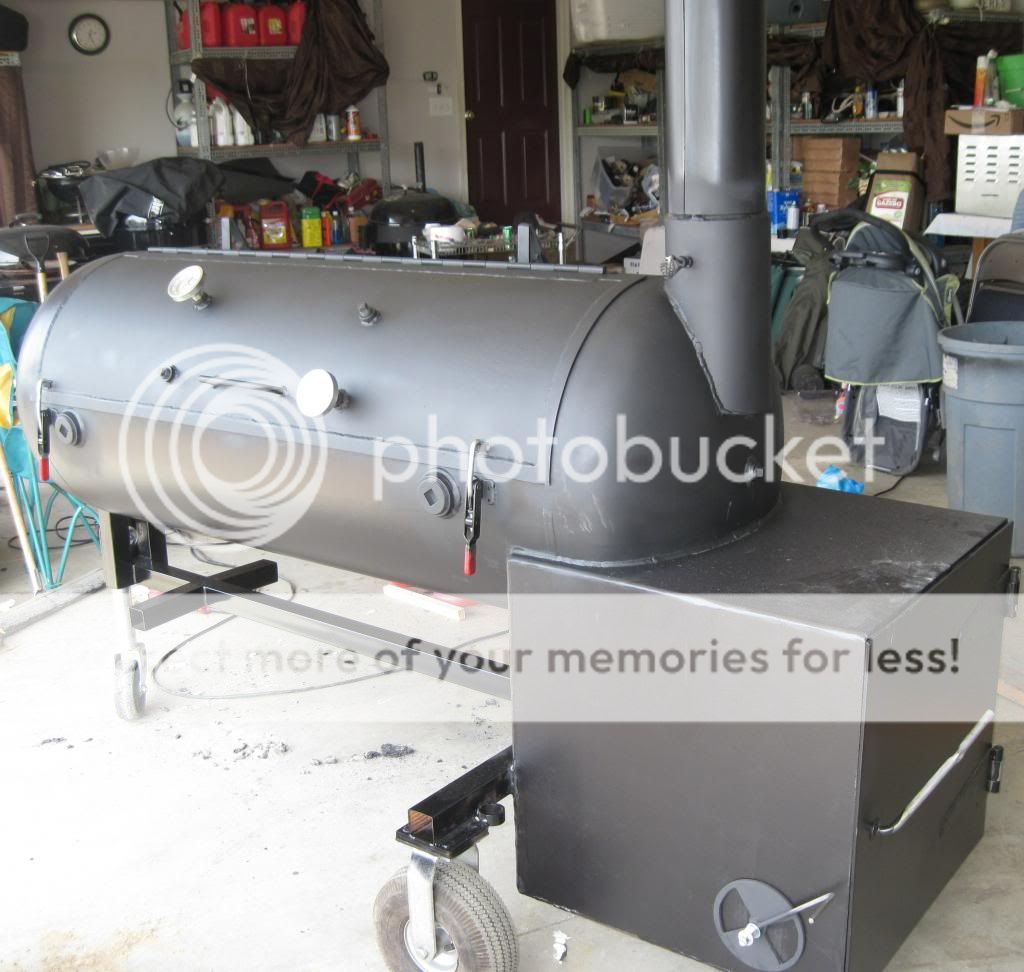CtTradArcher
Knows what a fatty is.
Hi All,
New member here, although I have been lurking in the shadows for quite some time enjoying the site and soaking up information from those in the know.
I am starting on an offset build and have a question that may spark some debate, but here goes anyway...
Looking for input on firebox to cooking chamber placement and stack placement. I have read and re-read several awesome builds on here and two in particular that impressed me, however they have different approaches.
One was along the Jambo approach and the other more like a Gator or Klose approach. Meaning firebox opening above or below the cooking grate. Stack opening pretty much appears to be the same, at grate level.
I am guessing the answer is partly preference, but it would seem that there should also be an aspect of fact on which produces a more even cooking environment.
Does pit size matter when deciding? Does one work better than the other on larger or smaller pits? And does an insulated firebox make a difference relative to approach? I know insulated is better overall, but does it contribute to the success of one design over the other?
After much effort, I was able to score a compressor tank, which I trailered home yesterday. It is 20" in diameter and 60" long. I don't believe I will have many opportunities to get another as reasonable as I got this one, so I want to try my best to get it right the first time...
Any input is much appreciated!
Regards,
Peter
New member here, although I have been lurking in the shadows for quite some time enjoying the site and soaking up information from those in the know.
I am starting on an offset build and have a question that may spark some debate, but here goes anyway...
Looking for input on firebox to cooking chamber placement and stack placement. I have read and re-read several awesome builds on here and two in particular that impressed me, however they have different approaches.
One was along the Jambo approach and the other more like a Gator or Klose approach. Meaning firebox opening above or below the cooking grate. Stack opening pretty much appears to be the same, at grate level.
I am guessing the answer is partly preference, but it would seem that there should also be an aspect of fact on which produces a more even cooking environment.
Does pit size matter when deciding? Does one work better than the other on larger or smaller pits? And does an insulated firebox make a difference relative to approach? I know insulated is better overall, but does it contribute to the success of one design over the other?
After much effort, I was able to score a compressor tank, which I trailered home yesterday. It is 20" in diameter and 60" long. I don't believe I will have many opportunities to get another as reasonable as I got this one, so I want to try my best to get it right the first time...
Any input is much appreciated!
Regards,
Peter





